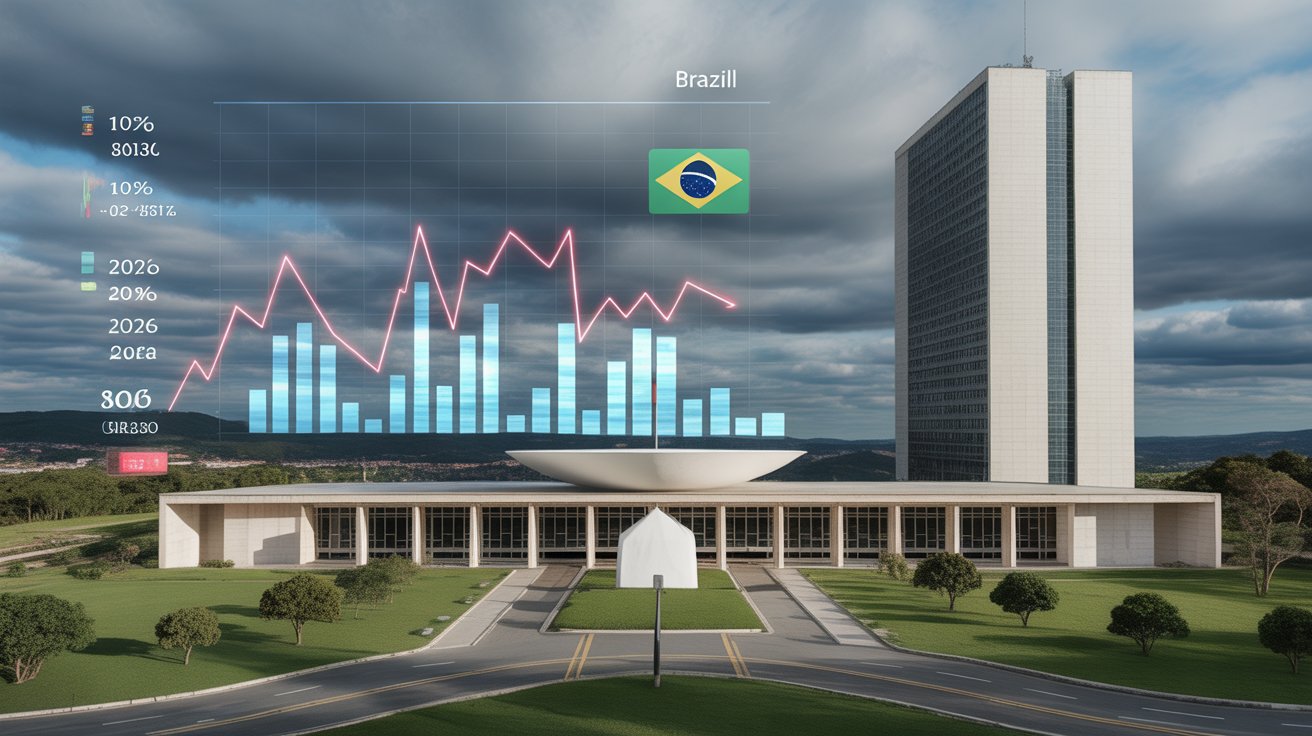
Brazil’s financial markets are entering a period of uncertainty as expectations for interest rate cuts shift further into the future. The Selic rate, currently the country’s main monetary policy tool, is not expected to decline until early 2026. Recent economic indicators point to a slowdown in growth and weak activity, raising concerns about the timing and effectiveness of monetary easing.
For investors, businesses, and households, the delay in cuts could influence credit markets, investment strategies, and consumer demand throughout 2025.
Understanding the Selic Rate
The Selic (Sistema Especial de Liquidação e Custódia) is Brazil’s benchmark interest rate, used by the Central Bank to control inflation and guide monetary policy.
- A high Selic makes borrowing expensive but helps keep inflation under control.
- A low Selic stimulates the economy but risks higher inflation.
Currently, the Selic remains elevated due to persistent inflationary pressures and global financial uncertainty.
Why Are Rate Cuts Delayed Until 2026?
1. Weak Economic Data
Recent reports show:
- Sluggish industrial production.
- Declining retail sales growth.
- Slower job creation in major cities.
This suggests the economy is cooling, but not enough to justify immediate rate cuts.
2. Inflation Risks
Although inflation has eased compared to previous years, it remains above target levels. The Central Bank fears cutting rates too soon could reignite price pressures.
3. Global Influences
With the U.S. Federal Reserve and other central banks adjusting their own policies, Brazil must remain cautious. A premature cut could trigger capital outflows and weaken the Brazilian real (BRL).
Financial and Market Implications
- Credit Markets: High rates keep borrowing expensive, slowing corporate investment and consumer lending.
- Stock Market (B3): Investors remain cautious, especially in interest-sensitive sectors such as retail, construction, and real estate.
- Currency Markets: A delayed cut may support the real temporarily, but prolonged weakness in growth could reverse that trend.
Tips for Investors in 2025
- Focus on fixed income: With the Selic staying high, fixed-income securities like government bonds remain attractive.
- Be cautious with equities: Especially in sectors dependent on consumer credit. Favor companies with strong cash flow and low debt.
- Diversify internationally: Hedge against domestic uncertainty by holding assets abroad.
- Watch inflation data: Any surprise decline could accelerate the timeline for cuts, boosting equities.
Conclusion
Brazil’s economic outlook is clouded by weak activity data and persistent inflation, delaying the long-awaited Selic cuts until at least 2026. For investors, this environment demands caution, diversification, and a focus on income-generating assets.
While growth may remain muted in the short term, the eventual easing cycle could create significant opportunities for those positioned early.
Brazil interest rates 2025, Selic rate forecast, Brazilian economy slowdown, Brazil inflation outlook, Central Bank of Brazil policy, investing in Brazil 2025, Brazil economic data, B3 stock market 2025, fixed income in Brazil, Selic cuts 2026